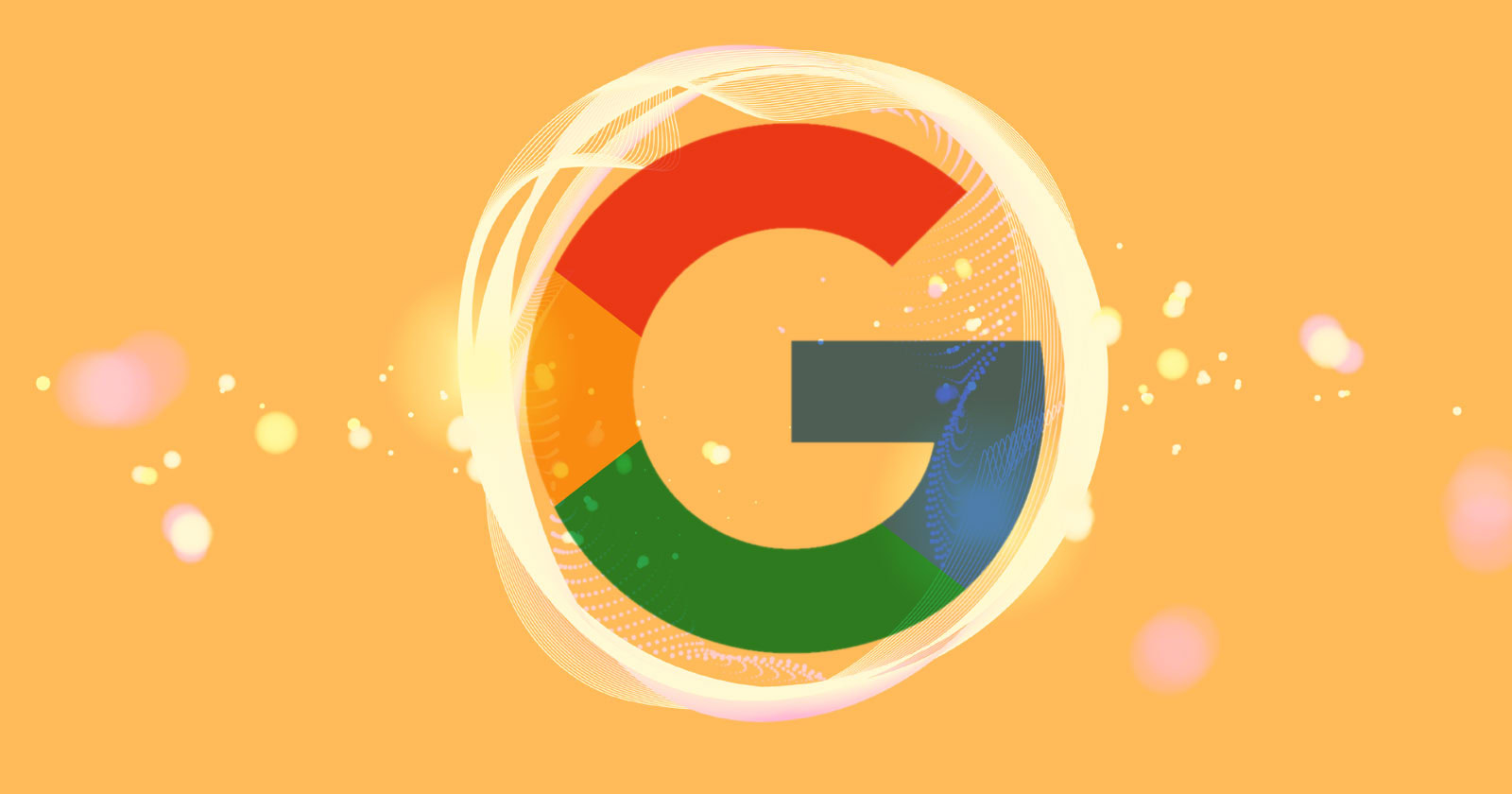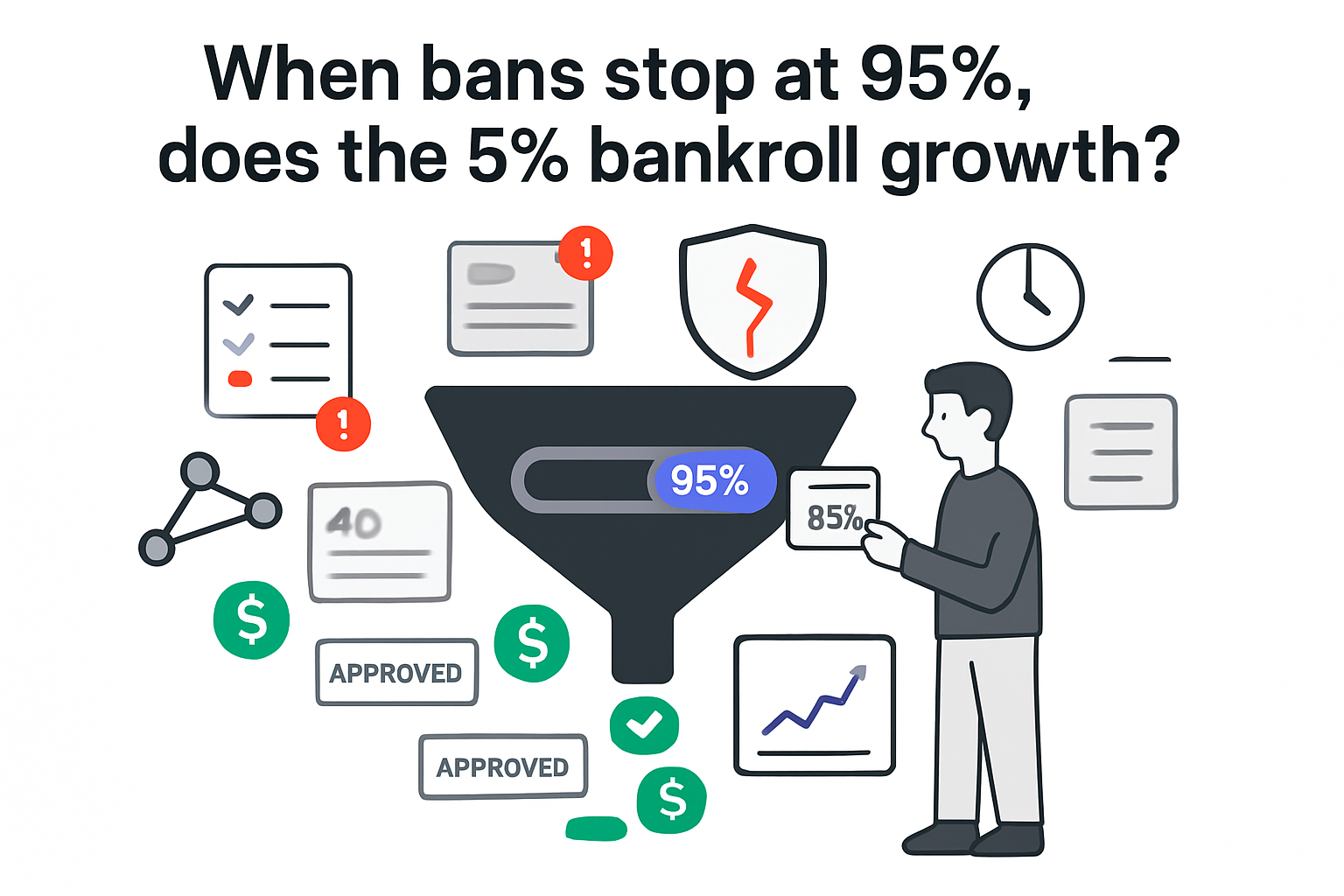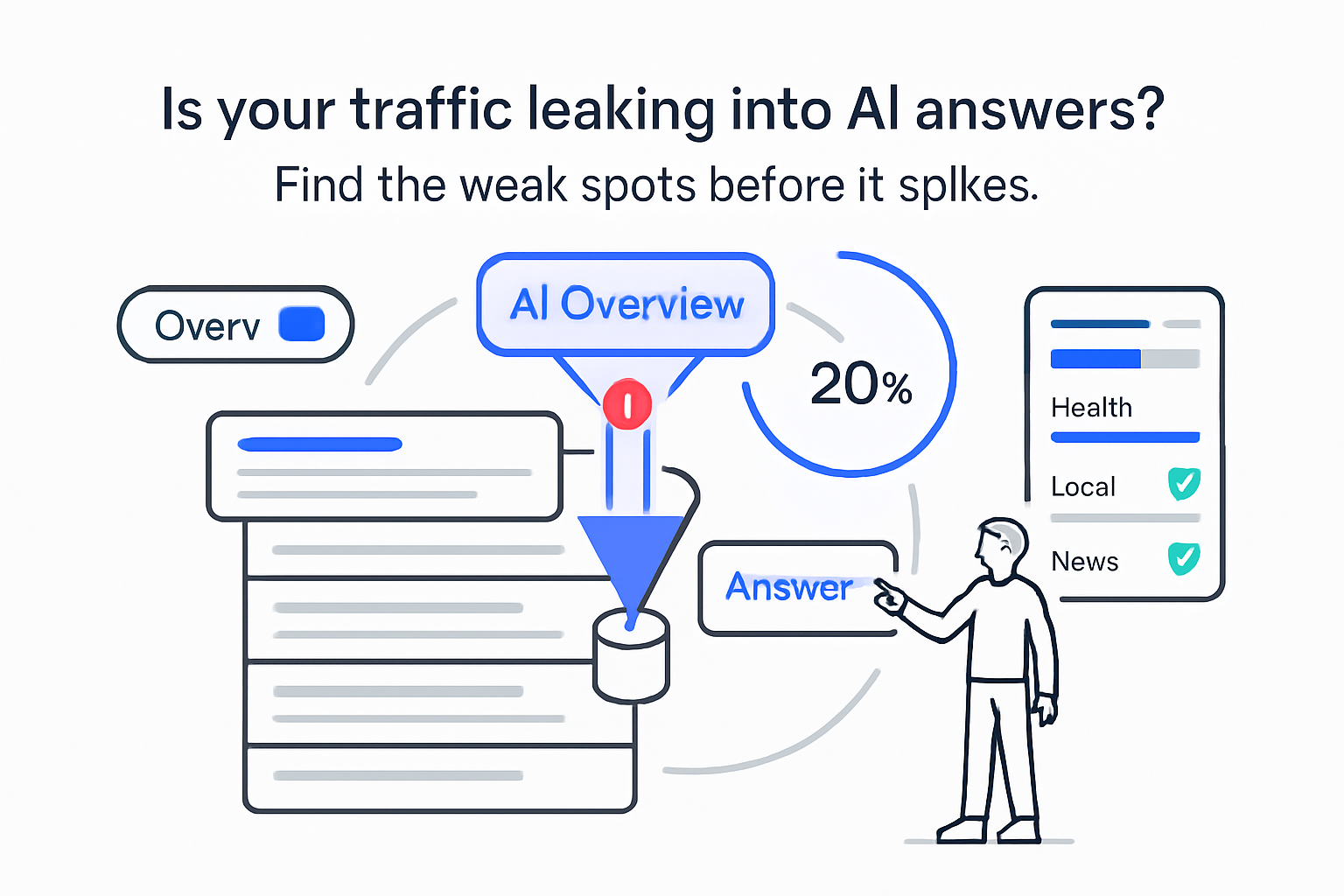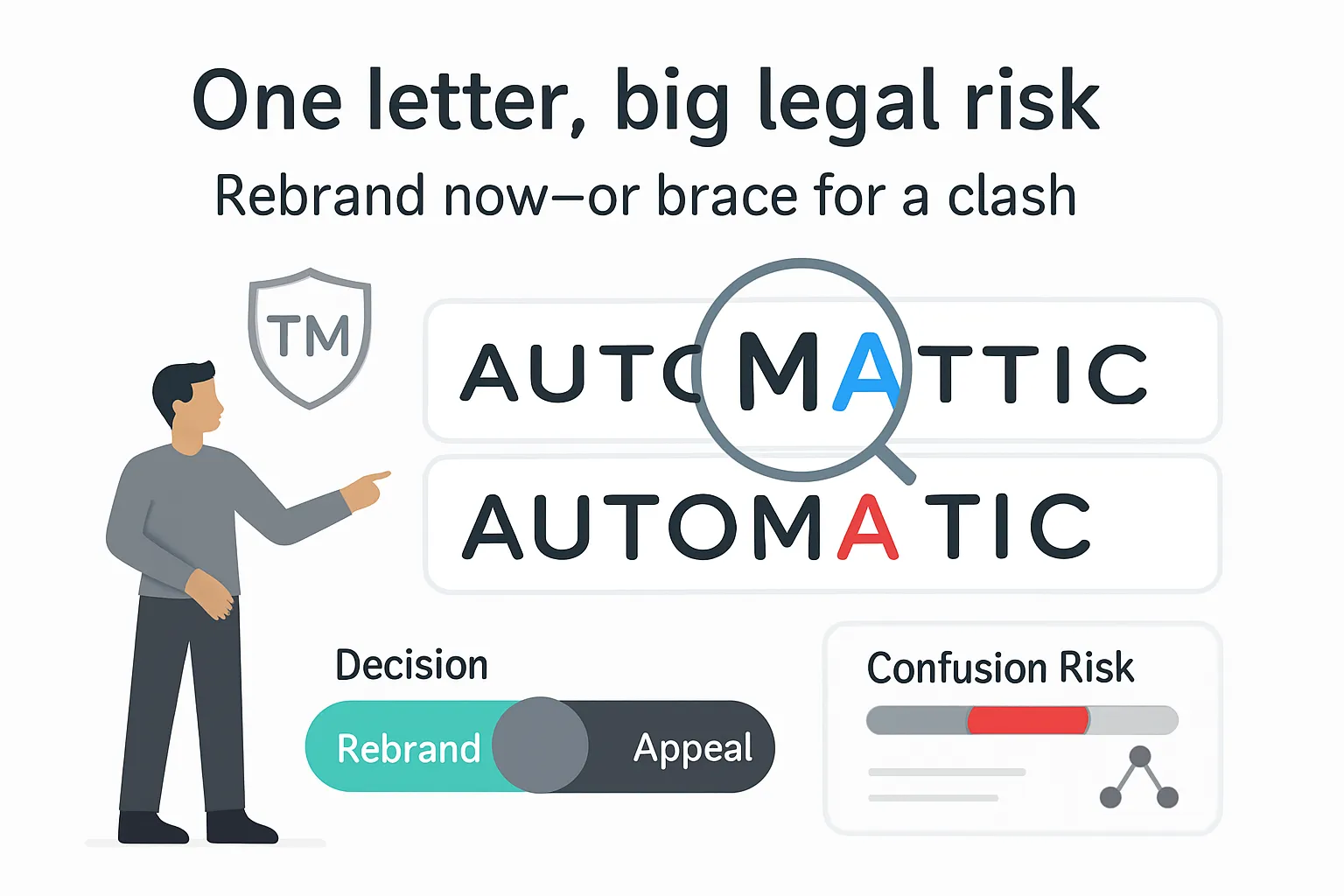Mentions earned through digital PR can increase the odds of being cited or recommended in Google’s AI-driven answers. The AI uses web search as a tool and favors clear, reliable sources. The practical question for marketers is how large that effect can be and how teams should adapt across SEO, paid, and PR.
Digital PR impact on AI recommendations: Key takeaways
Google’s VP of Product for Search described the AI as "thinking a lot like a person... issuing Google searches," and noted that mentions in notable articles or lists help the AI find you. This reframes digital PR as retrieval input, not a ranking factor claim [S1].
- Treat PR placements as retrieval fuel: third-party "best of" lists and high-authority mentions increase the chance your brand enters the model’s context window, raising citation and recommendation odds.
- Build for complex questions: content that clearly answers multi-step, specific questions maps to AI chat demand and is more likely to be pulled into AI Overviews and chat responses [S1][S2].
- Plan for multimodal: image and voice inputs are rising; image-rich, well-described assets and voice-friendly structures will be surfaced more often as users shift beyond text [S1].
- Use Google Trends and Ads keyword tools to map demand: these remain reliable inputs for topic discovery as AI queries grow in length and complexity [S1].
- Expect more transparency later: Google signaled future visibility into how people are searching in AI contexts. Build measurement now to baseline performance before that arrives [S1].
Situation snapshot
Google’s Robby Stein outlined how AI in Search issues its own queries, compiles sources, and that mentions in credible articles can help the AI find a business. He reinforced that clear, helpful content and understanding AI use cases matter, and noted growth in multimodal and long, specific questions. He pointed to Google Trends and Ads tools for demand signals and indicated Google aims to share more data over time [S1].
"[The AI] thinks a lot like a person... issuing Google searches."

Undisputed facts
- Google AI uses Search as a tool to fetch information, then compiles sources and surfaces links in responses [S2].
- Google’s quality guidance emphasizes helpful, people-first content and discourages manipulative reviews or links [S3][S5].
- Ads already appear in AI Overviews in certain contexts [S4].
Breakdown and mechanics
The working pipeline is retrieval-augmented: user query - AI issues multiple Google searches - collects top results - composes an answer - cites sources [S1][S2].
- Digital PR’s role: A mention on authoritative listicles or profiles helps those pages rank for "best X/top Y/for Z" and related sub-queries. AI retrieval pulls these pages, placing your brand in the context window and increasing the likelihood of a mention in the final answer.
- Content clarity: Pages that are explicit, scannable, and directly answer the question align with the model’s goal of summarizing reliable answers [S1][S3].
- Query fan-out model (assumption): For complex questions, the AI may issue 3-8 sub-queries and retrieve about 10 documents each (K≈10). If your brand appears in 5 of roughly 50 candidate documents (10 percent), a rough proxy is that your citation probability approaches your share of the candidate pool, adjusted by source authority and topical fit. Treat this as a planning heuristic, not an official metric.
- Multimodal: Growth in image and voice inputs expands the pool of retrievable assets. Well-described images (file names, alt text, captions) and page structures that read well aloud can increase retrieval inclusion [S1].
- Guardrails: Paid reviews and unnatural links risk devaluation or policy action. If compensating third parties, use rel="sponsored" and avoid manipulative patterns [S5].
Official narrative vs. community response
- Official: Mentions help the AI find you, and helpful content matters. AI questions skew complex and multimodal [S1][S2][S3].
- Community: This reinforces digital PR’s value but raises fairness concerns for smaller brands and the prevalence of affiliate listicles in citations. The SEJ piece notes AI frequently surfaces recommendation pages [S1].
Impact assessment
Recommendation and complex "how to choose" queries will skew toward AI answers that cite third-party sources. Value shifts toward brands with credible coverage and content mapped to decision workflows.
- Paid Search - impact: Mixed. Some generic discovery queries may shift attention to AI modules where ads also appear, changing auction dynamics. Who benefits: advertisers with strong assets and clear value propositions surfaced in AI Overviews. Actions: audit impression share in AI Overviews placements; test creatives that summarize differentiators succinctly; monitor query mix for longer questions and adjust match types and negatives [S4].
- Organic - impact: Greater reliance on third-party citations for "best/top/for [use case]" queries. Who benefits: brands present across credible lists and with clear, helpful, structured content. Actions: build "how to choose [category]" and comparison content with transparent criteria, pricing ranges, and use-case guidance; apply structured data; expand Q&A sections targeting long, specific questions.
- Local - impact: For local recommendations, prominence on trusted local lists and strong profiles matters. Who benefits: businesses with consistent NAP, quality photos, and reviews on authoritative sites. Actions: strengthen Google Business Profile; earn coverage from notable local publications; avoid paid review schemes that breach policies [S5].
- PR/Comms - impact: Budgeted, targeted placements outperform scattershot link chases. Who benefits: brands landing in reputable editorial lists and industry roundups. Actions: map the top 20 listicles per priority query and pitch into them; prefer editorial inclusion over paid placements; if sponsored, disclose and use correct attributes.
- Content and Creative - impact: AI prefers explicit, evidence-backed summaries. Who benefits: pages with clear headings, concise answers, and assets suited for image and voice. Actions: add decision tables, eligibility criteria, and scenario-based examples; ensure images are descriptive; write introductions that plainly state who the product is for and why.
- Analytics and Ops - impact: New surface requires new tracking. Actions: define "AI citation share" as the percentage of monitored queries where your brand is cited in AI answers; create a panel of 100-500 representative queries; track presence monthly across Google AI Overviews and other assistants; correlate with branded search and assisted conversions.
Scenarios and probabilities
- Base case (Likely): AI Overviews and chat continue surfacing third-party lists for complex and recommendation queries. Credible digital PR improves AI citation rates modestly but consistently. Clear, helpful content remains a requirement.
- Upside case (Possible): Google expands reporting on AI queries and citations, enabling more precise planning. Brands with strong PR coverage see noticeable increases in non-brand discovery from AI modules and referral links from cited sources.
- Downside case (Edge): Tightening policies on sponsored content reduce the value of many listicles. AI systems de-emphasize individual brand citations in favor of aggregator domains, concentrating visibility with a small set of publishers.
Risks, unknowns, limitations
- Unknown coverage and weighting: The share of queries that trigger AI modules and how sources are weighted is fluid. Changes could reduce the payoff of PR placements.
- Measurement gaps: Limited AI reporting from Google constrains attribution. Any uplift modeling is an assumption until more data is available.
- Policy risk: Paid reviews or undisclosed sponsorships may be filtered or penalized, negating PR gains [S5].
- Vertical variance: Health, finance, and safety categories may have stricter sourcing, changing which mentions matter most.
- Falsifiers: If controlled experiments show no change in AI citation rates after securing high-authority mentions across known retrievable pages, the "PR boosts retrieval inclusion" claim weakens.
Sources
- [S1]: Search Engine Journal / Roger Montti, Nov 2025, "Google Discusses Digital PR Impact On AI Recommendations"
- [S2]: Google, May 2024, blog, "How AI Overviews in Search generate responses"
- [S3]: Google Search Central, ongoing, guide, "Creating helpful, reliable, people-first content"
- [S4]: Google Ads, May 2024, blog, "Ads in AI Overviews"
- [S5]: Google Search Central, ongoing, policy, "Spam policies for web (links, sponsored content)"








.svg)